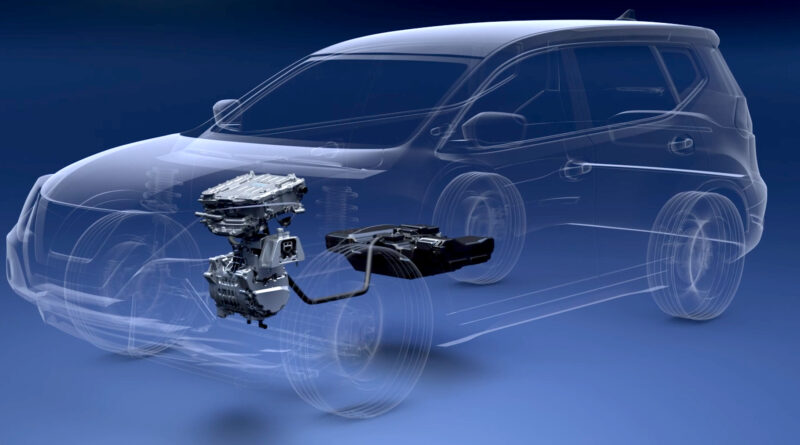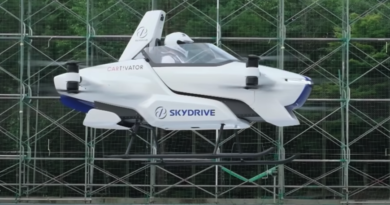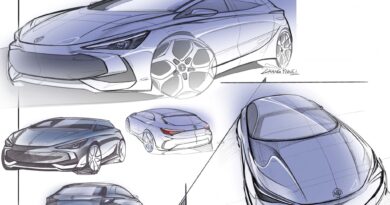Nissan e-Power locked in for Australia in 2022, Qashqai likely
Nissan has confirmed its e-Power hybrid system will arrive in Australia in 2022 – and it’s the new Qashqai will likely see it in first.
Promising an electric driving experience that is powered purely by petrol, Nissan e-Power could be the strongest competition yet for Toyota’s hybrid technology that currently dominates petrol-electric vehicle sales in Australia.
Nissan e-Power uses on an electric motor (or motors) to power the wheels, providing the near-instant responses and generous torque of an EV.
But it cannot be recharged externally, instead relying on electricity supplied from an onboard petrol engine. A small lithium-ion battery stores electricity, which can be provided instantly to the motor/s.
TECH EXPLAINER: Nissan e-Power hybrid tech explained
READ MORE: Nissan Patrol to shun hydrogen, focus on e-Power hybid
Because the engine can be tuned and operated to act solely as a generator – therefore operating in its most efficient range – e-Power is claimed to be more efficient than using a petrol engine to drive the wheels.
And, crucially, it brings an EV-like driving experience with no range anxiety or concerns about where to recharge.
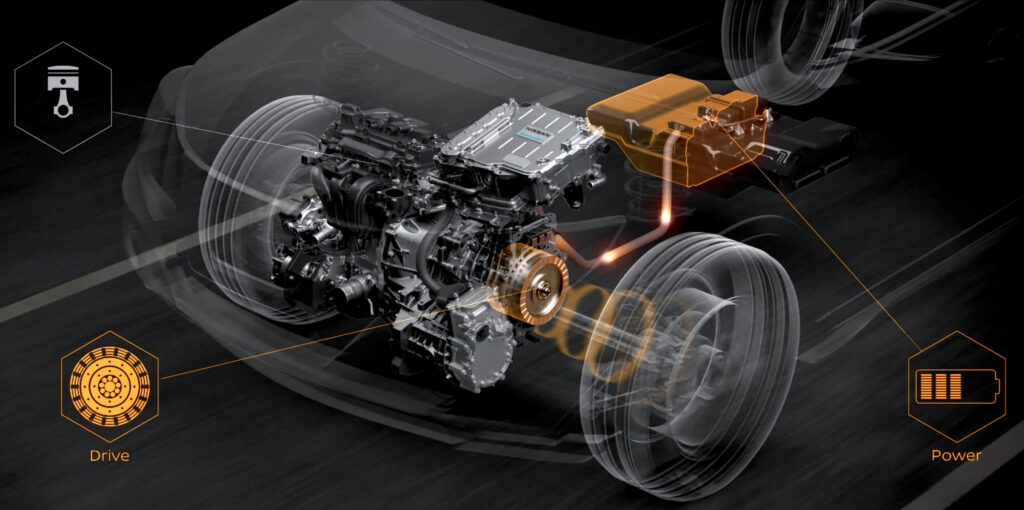
“We call e-Power a best-of-both-worlds solution, offering a driver the key benefits of an EV drive experience without ever having to plug in,” says Nissan Australia Managing Director Adam Paterson.
“Nissan prides itself on delivering Intelligent Mobility solutions in every vehicle, and nowhere is that more obvious than with this Nissan-exclusive solution.”
Key to the “intelligent” marketing pitch is using less fuel.
“While a traditional hybrid adds battery power to an internal-combustion engine, e-Power delivers an EV-like driving experience, including exhilarating acceleration and near-silent operation, all while drastically reducing your fuel use and emissions.”
Nissan hasn’t confirmed which vehicles will launch e-Power for the brand locally in 2022.
But the odds-on favourite is the new Qashqai followed by the new X-Trail.
Each uses a 1.5-litre three-cylinder engine to create electricity.
While details are yet to be finalised, e-Power will bring a price premium over the non-hybrid models that will still be sold in the Qashqai and X-Trail lineups.
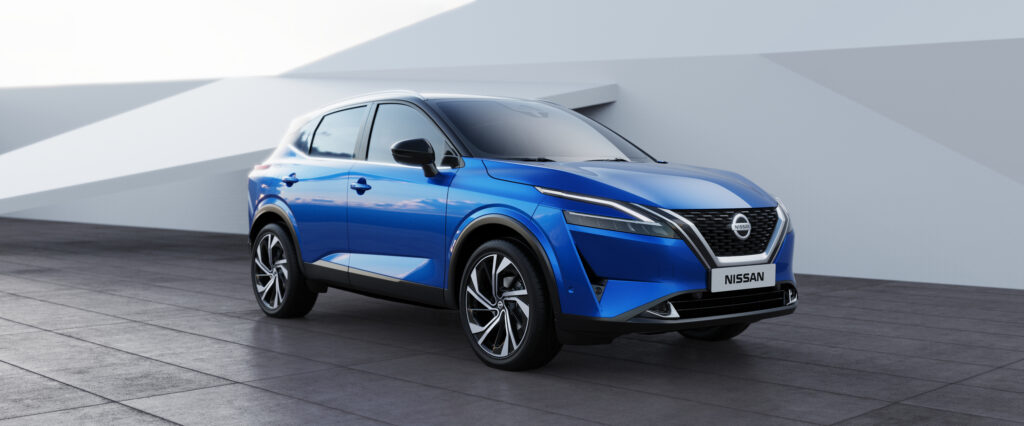
Given the tech is more advanced that Toyota’s hybrids, best guesses are that it’ll be more expensive than the prices on those.
Over coming years, e-Power is expected to play an increasingly important role across the Nissan range.
The former head of Nissan Australia has even said e-Power is a possibility for the mighty Patrol 4WD in future.
And there’s no reason Nissan couldn’t adapt e-Power to be a plug-in hybrid system, fitting a bigger battery pack and allowing external recharging for those who would prefer to run on electricity for short distances.

